Keep Your Home Safe This Winter: 5 Tips to Protect Your House and Save Money
We surveyed over 2,000 U.S. homeowners to figure out how often they winterize their homes, how much they spend on winterization, and the tasks they’re most comfortable tackling on their own


There’s just something magical about winter. Perhaps it’s the majesty of waking up to a fresh blanket of snow outside or the cozy feeling you get when you hunker down under a warm blanket beside a crackling fire. Whatever the reason may be, the winter season is undoubtedly a wonderful time of year.
Unfortunately, there are also some drawbacks to winter, especially for many U.S. homeowners. Winter weather—specifically freezing cold temperatures, strong winds, and heavy snowfall—can cause severe and costly damage to homes. The cold weather can also cause energy bills to skyrocket during the winter months if your home isn’t insulated properly or has cracks and openings that expose its interior to the outside elements.
Luckily, there are some steps you can take to prevent Jack Frost from nipping at your home. We’ve put together a list of the top five winterization tasks you should perform each year to prevent your home from damage and your heating bills from inflating. This way, you can spend more time sipping hot chocolate this winter rather than dealing with any cold-weather mishaps.
How Much Does It Cost to Winterize a Home?
Based on our research of U.S. homeowners, the average person spends $1,316 per year on winterizing their home.
While this may seem expensive, it’s worth bearing in mind how much damage harsh winter weather can cause and how much it costs to get that damage fixed. Let’s take a look at a burst pipe, for example.
When a pipe bursts due to freezing temperatures, the average cost of repairing it is around $500. Although this figure is clearly lower than the average spend on winterization, it does not take into account whether or not the home suffered water damage (which it most likely did). The average cost of water damage repair is around $3,000. Add this with the cost to repair the burst pipe, and you’re looking at a total bill of around $3,500. That means you would spend more than double on a burst pipe alone than if you winterized your home in the first place.
Luckily, most people agree that home winterization is worth the cost—just 7% of homeowners would prefer to risk damage and inflated heating bills than pay for winterization.
How Often Should You Winterize Your Home?
Given how costly winter damage and heating bills can be, we recommend U.S. homeowners winterize their homes at least once a year, which, according to our research, most homeowners do. Once spring rolls around, you can consider de-winterizing your house to reverse the winterization process for the warmer months.
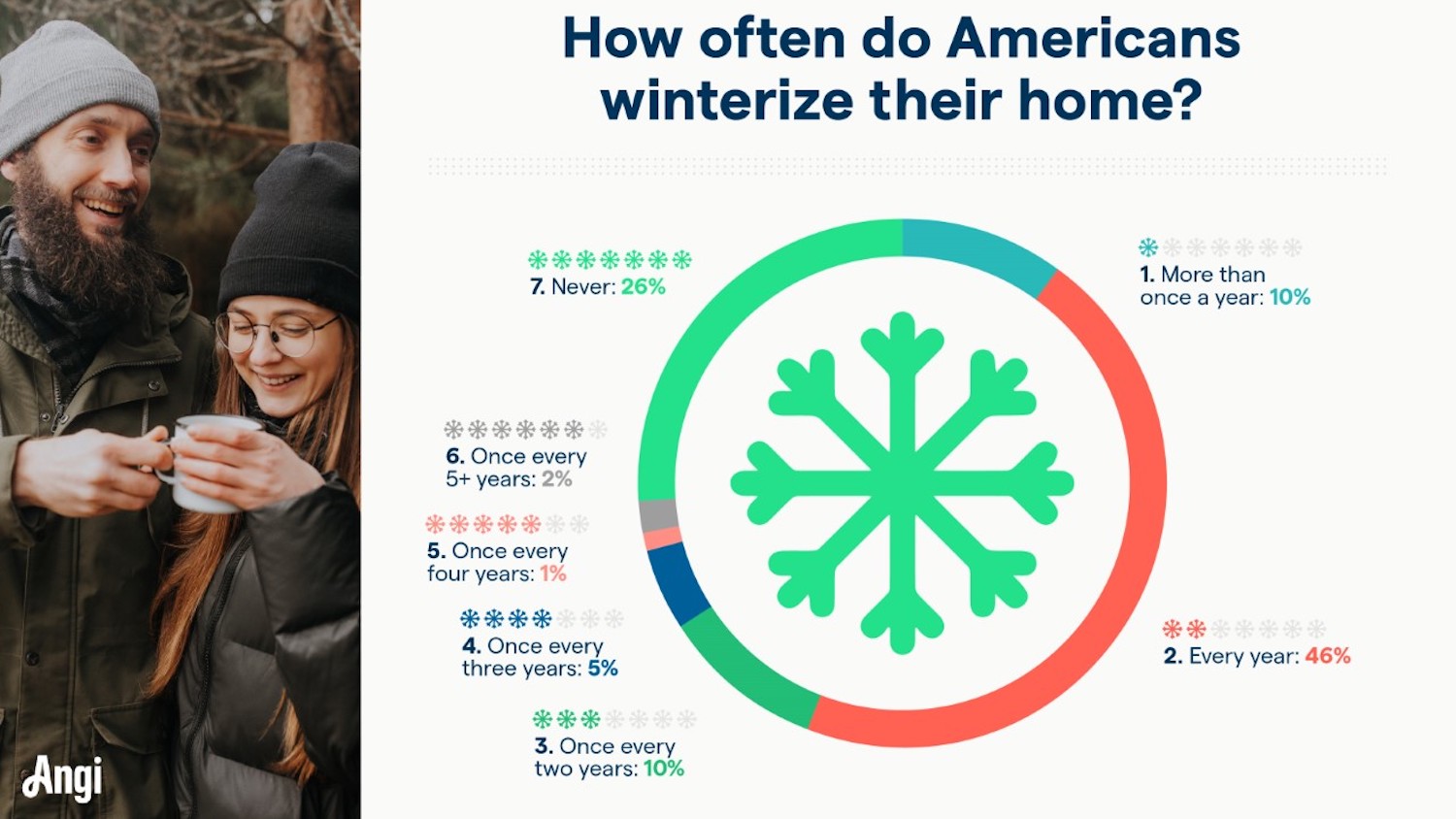
If you’ve never winterized your home before, we recommend hiring a local handyperson to perform a walk-through of your home. They can then identify any areas that need attention, including appliances that might need servicing.
On the other hand, if you winterize your home annually, it helps to perform a walk-through of your own to ensure everything you’ve added in the past is still working correctly and note areas that might require attention. Again, professionals like handypeople, plumbers, and heating specialists can inspect your HVAC system, boilers, furnaces, and other major appliances. After all, there’s nothing worse than waking up on a cold winter’s morning to find you’re out of hot water thanks to a faulty water heater.
5 Winterization Tips to Protect Your Home and Save Money
To limit your home’s exposure to winter damage and prevent your energy bill from skyrocketing this winter, follow these five winterization measures:
1. Insulate Your Pipes
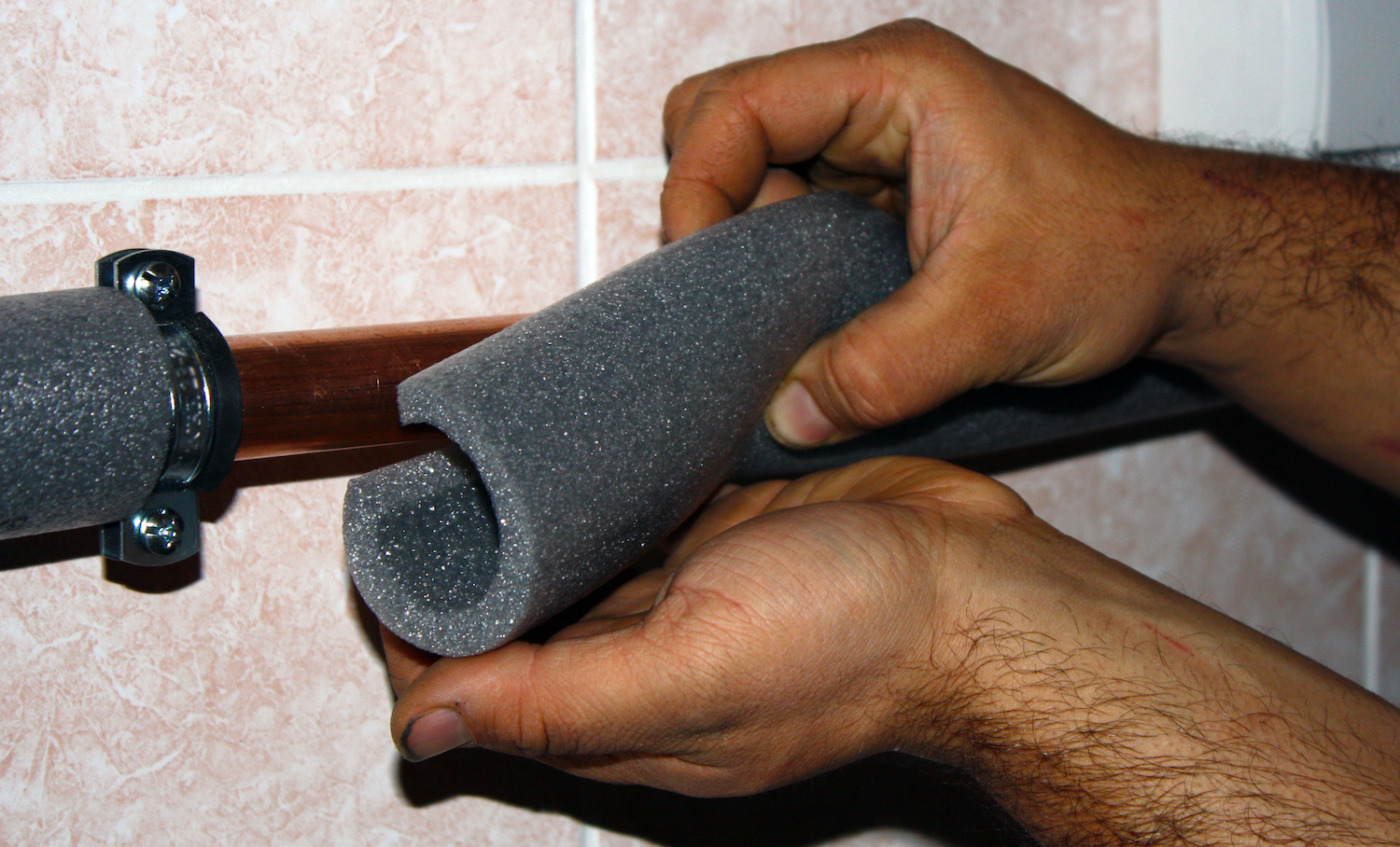
When temperatures drop below freezing, pipes (and the liquid inside of them) become prone to freezing. This can cause water to expand and the pipes to burst, resulting in costly repairs and destructive water damage. Insulating them with plastic foam pipe wrap can help to keep them from freezing.
2. Caulk Cracks Around Windows and Doors
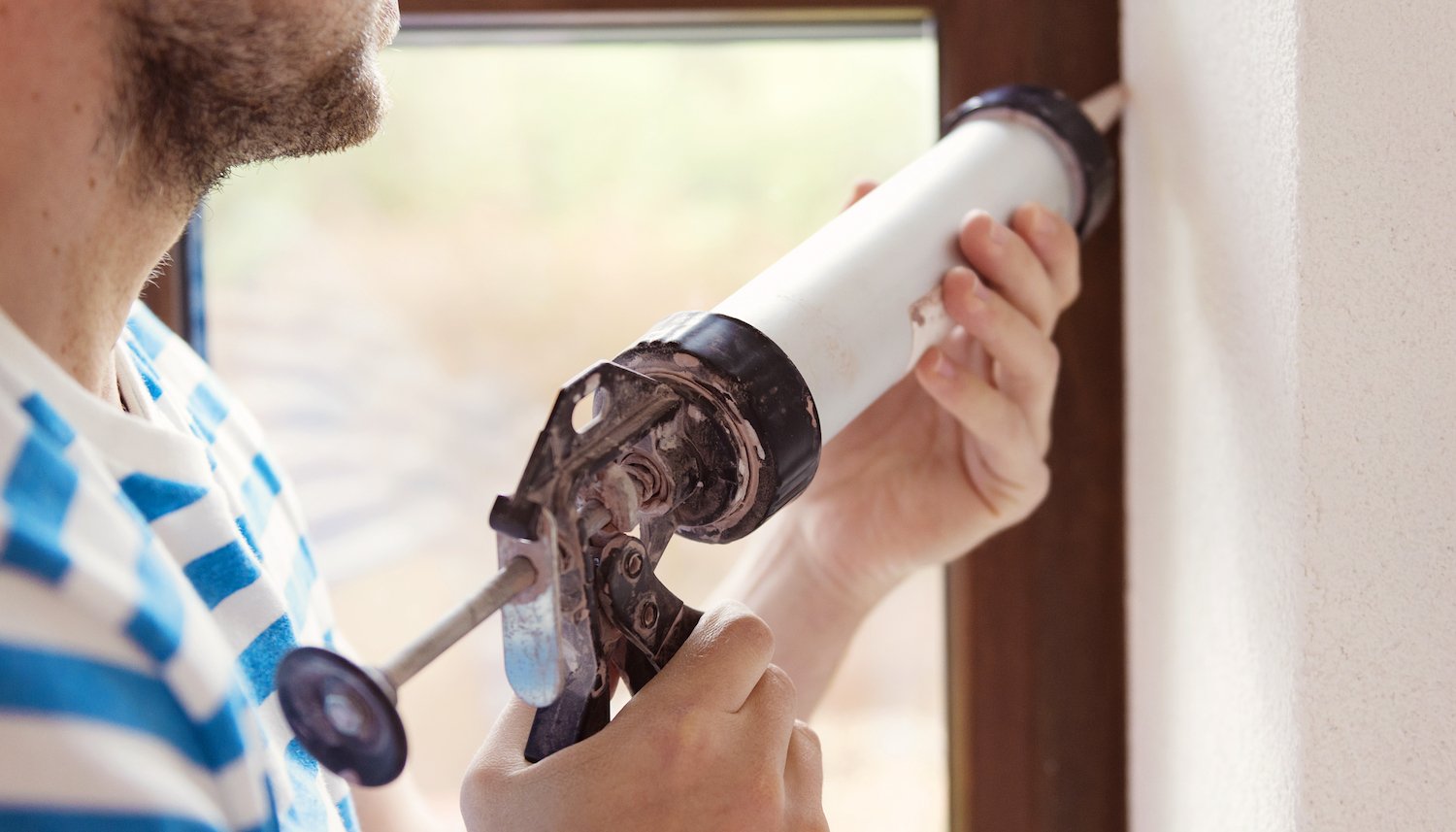
Although they may seem tiny, cracks around your door can let warm air out and cool air in, resulting in inefficient heating and higher energy bills. With a quick caulking, these cracks can be sealed up tight, keeping your home cozy all winter long.
3. Install Weather-Stripping and Door Sweeps
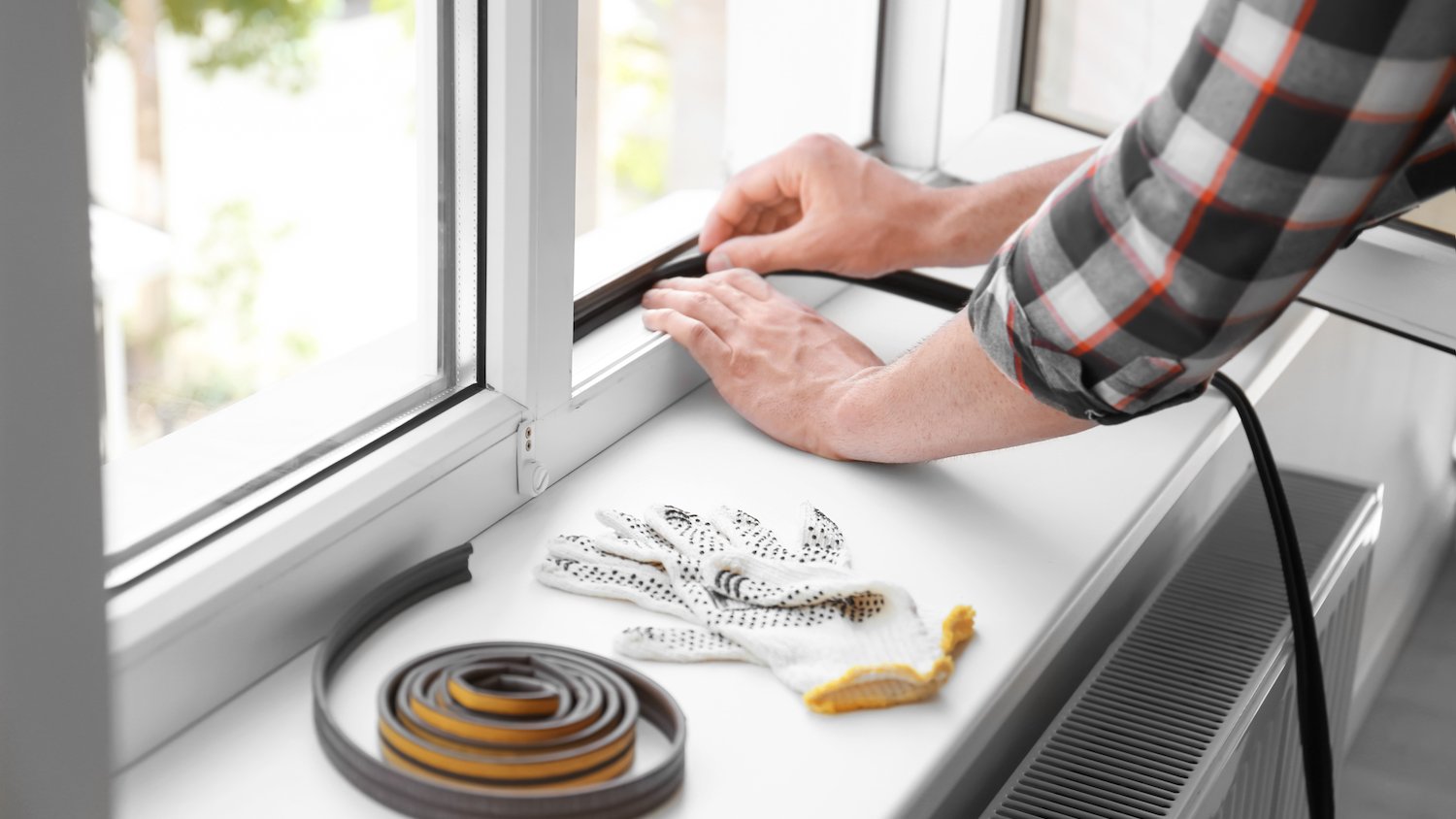
Adding weather-stripping and door sweeps to your home is another great way to cover up small openings that let the warm air out, costing you money on your heating bill. Weather-stripping involves strips, usually made of foam or rubber, applied around window and door frames to ensure there are no unwanted cracks when windows and doors are closed. Door sweeps can be added under doors to close the gap between the doors and the ground. These are simple tasks that almost everyone can accomplish and do wonders for keeping your home warm.
4. Clean the Gutters
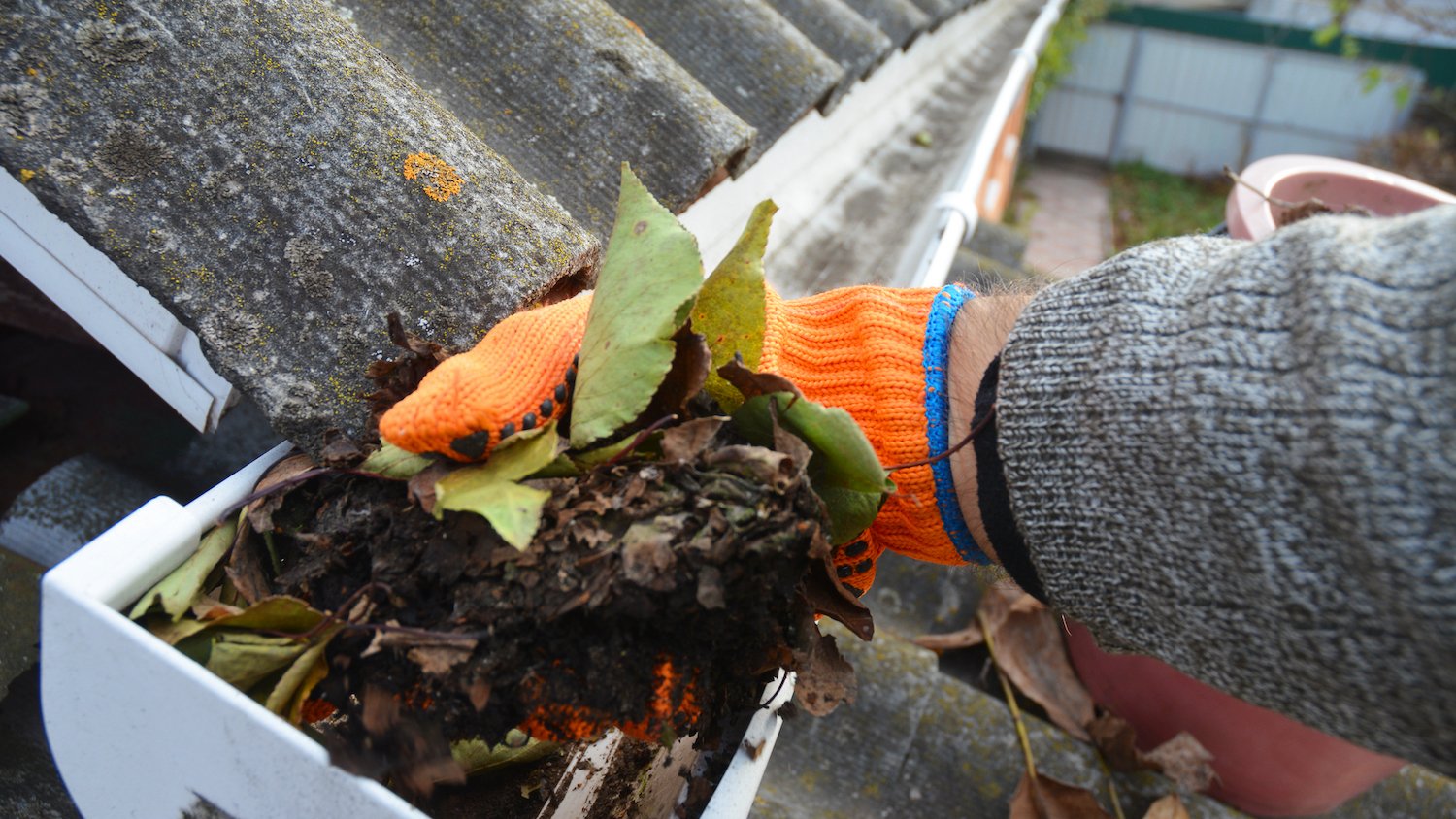
When gutters become clogged with leaves and debris, they can flood, resulting in water damage to the roof and siding. Clogged gutters can also freeze and break off of the home, preventing water from draining correctly, resulting in further damage. It’s best to clean your gutters after the majority of leaves have fallen for the season. And while you can accomplish this on your own, this can be a dangerous task to perform, especially when it comes to high gutters. Hiring a local gutter cleaning service is the better and safer bet.
5. Clean the Fireplace and Chimney

There’s no denying that a cozy fire in the fireplace is ideal for a cold winter’s night. However, when ash and soot build up in the fireplace and chimney, clogs can occur, which can result in dangerous and destructive house fires. We recommend having a local chimney cleaning pro service your fireplace and chimney at least once a year before the temperature drops and you’re tempted to build a fire.
How Confident Are Homeowners in Winterizing Their Home?
Our research showed us that, across the board, the majority of U.S. homeowners aren’t that confident in their ability to perform common winterization measures on their own, regardless of their gender.

Luckily for all of us, we don’t have to take matters into our own hands. Finding local electricians, handypeople, and plumbers can help you ensure your home is prepared for snow-filled days and cold, windy nights all winter long.




- How to Winterize a House: The Ultimate Winterization Checklist
- How to Prepare for a Winter Storm: 10 Crucial Tips
- The Ultimate Winter Home Maintenance Checklist
- Fall Home Maintenance Checklist: 20 Must-Do Tasks
- Can Cold Weather Cause Pipes to Leak? How to Fix and Prevent
- 13 Smart Ways to Weatherize Your Home in the Winter
- 14 Must-Know Winter Plumbing Tips
- 10 Fall Home Improvement Projects to Tackle This Year
- 10 Things to Do When a Pipe Bursts in Your Home
- 11 Home Heating Mistakes You Didn't Know Were Costing You










